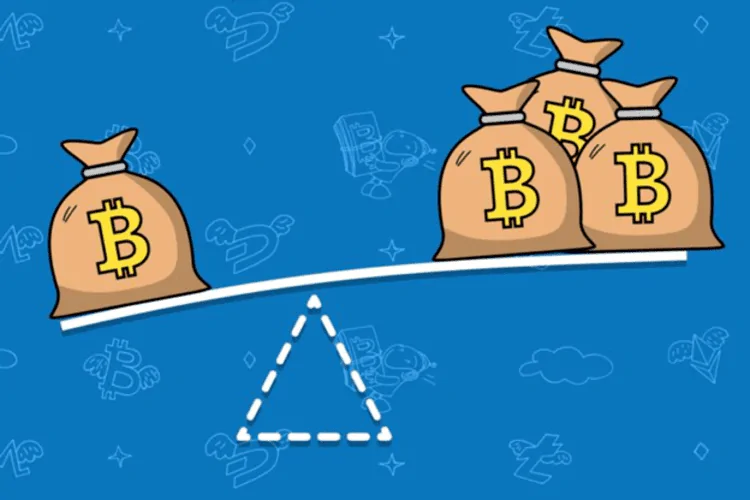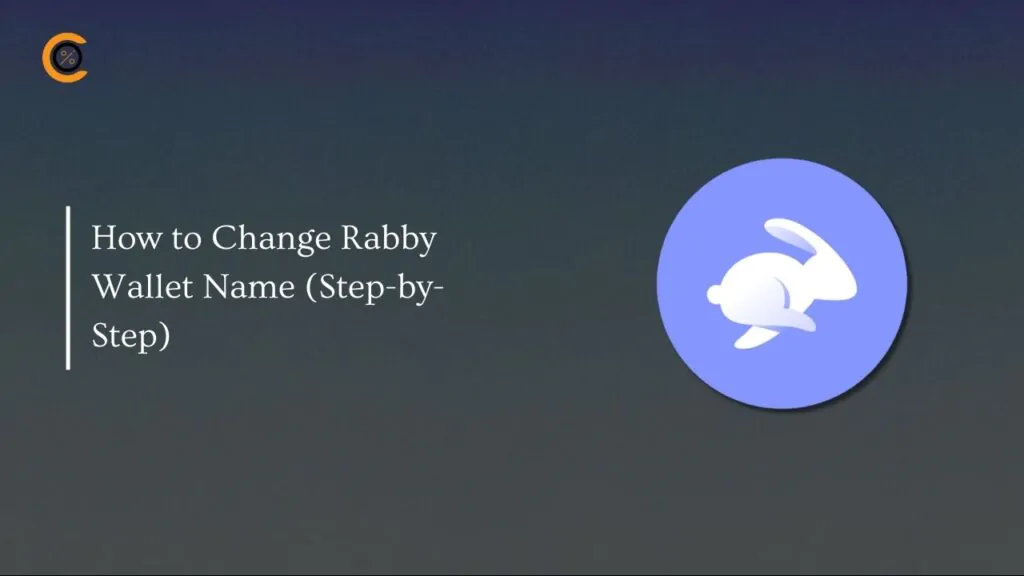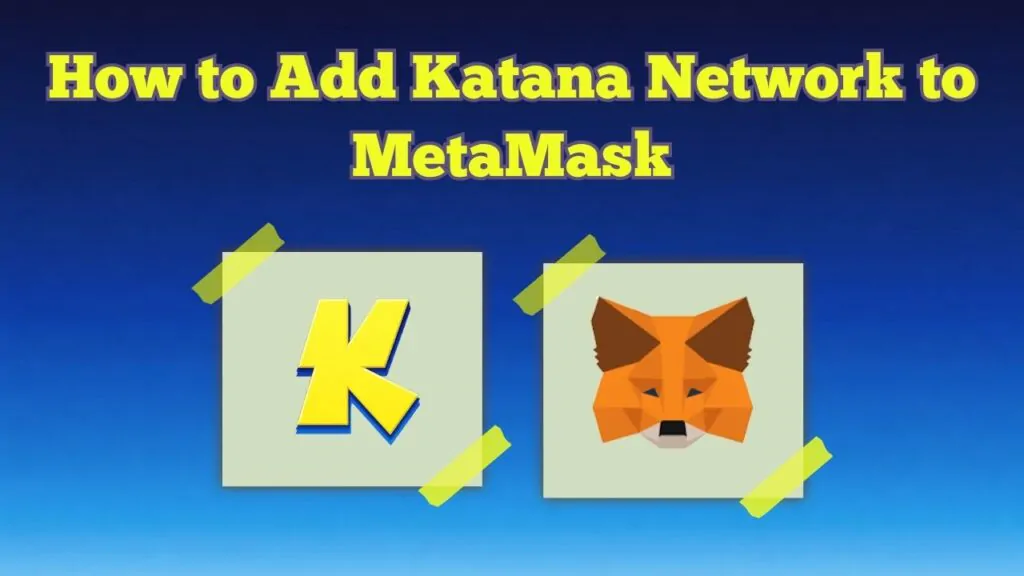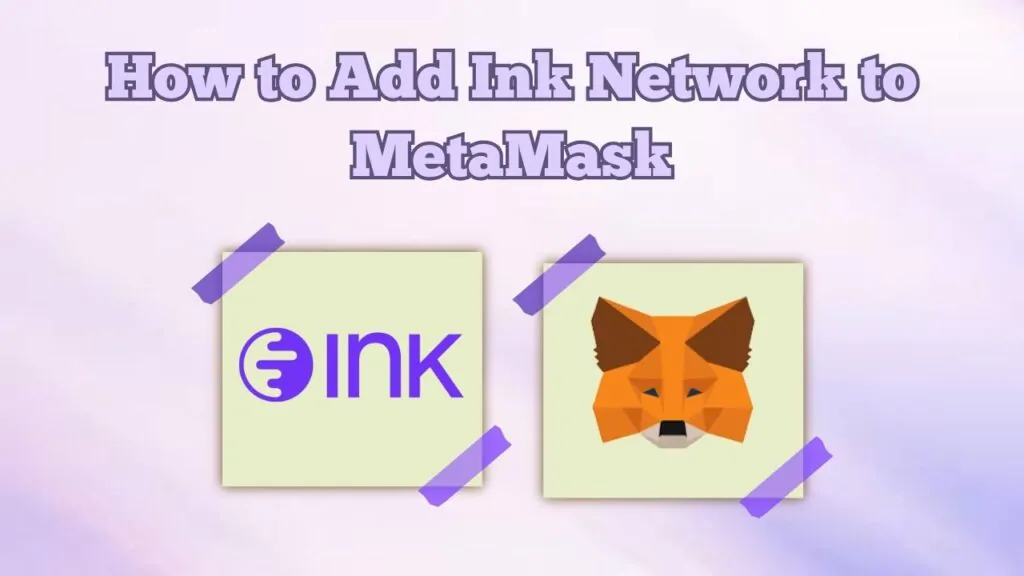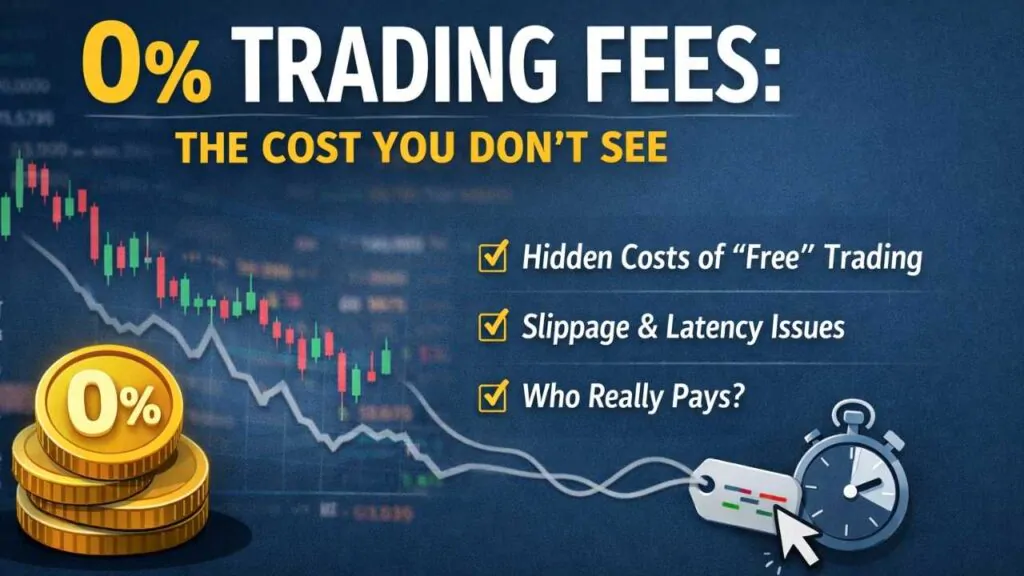What if buying and selling cryptocurrencies with more money than you had was easy? That is exactly what crypto margin trading ensures. Similar to margin trading other items, cryptocurrency traders may try to boost their profits by borrowing money.
Margin trading on cryptocurrency exchanges may provide stunning gains or devastating losses. Inexperienced traders should go on margin with the utmost caution.
Today, we’ll define margin trading and even show you how to short trade on margin trading so that you can make money on the way up and on the way down. After reading this guide, you will know exactly if margin trading is suitable for you!
What Is Margin Trading in Cryptocurrencies?
Trading assets by borrowing and using money provided by a third party is known as “margin trading.” As opposed to regular online platforms, platforms for margin trading let traders use positions and gain additional money.
Margin trading in cryptocurrency is borrowing funds from an exchange and utilizing them to conduct a trade. Margin trade is also known as trade with leverage since it entails dealers “leveraging up” their deals beyond the available cash. However, it is important to note that margin trading happens on the spot market instead of the futures market. On the futures market, you can trade with leverage, but you never buy the asset that you buy, only a contract representing the underlying asset. When you are margin trading with borrowed money, you actually own the assets that you purchased. After you are done margin trading with borrowed money, you must pay back the borrowed amount.
How Does Margin Trading Work?
Margin trading in the cryptocurrency market is borrowing funds to make bigger or more deals. The liquidation value, on the other side, is an essential consideration. It will liquidate a position by itself whenever the market hits the liquidation level. It ensures that dealers only risk their cash, not the amounts supplied.
Consider the value of one Bitcoin (BTC) is ten thousand dollars. A trader wishes to participate in crypto margin trading and opens a big position by buying one bitcoin with 2x leverage. It implies they have paid ten thousand dollars and borrowed more than ten thousand dollars for a twenty thousand dollar investment without payment and interest rate.
The liquidation price in this situation is more than five thousand dollars. The trader loses their whole investment, plus fees and interest, whenever this price is achieved.
You may establish crypto margin trading positions in the following ways:
A short position: You rely on the value dropping. To do so, you must borrow a certain coin as margin, like BTC. If you buy 3 BTC with a 3x margin setting, then you must immediately sell the whole position to USDT. When the price goes down, you can buy back the 3 BTC. As the price is now lower than before, you will still have some USDT left even after buying back the whole margin position, which is 3 BTC. Now you only have to pay back what you borrowed. The outstanding USDT amount is your profit.
A long position: When you bet on the market bumping up. This is pretty straightforward. You borrow USDT and then buy BTC, expecting the price to go up. After the price goes up, and you are happy with your gains, you just sell the position and pay back the borrowed amount.
In a long position, you acquire a coin to sell later when the price increases, profit from the cost difference. It is also conceivable in the absence of a margin. In a short position, you lend a coin at its present price and then buy it at a lower price to profit.
Crypto margin is measured in ratios such as 3x or 10x, which is the industry standard. So, if you have $2,000 in the brokerage account and wish to start a large position with a 10x ratio, you’ll have to put up collateral amounting to 10% of your position size. The cryptocurrency exchange will provide the remaining 90%. If you wish to trade with higher margin ratios, you must trade on a futures market like MEXC or Binance, where you can even trade with 100-200x leverage.
Cross margin vs. isolated margin – what’s the difference?
On the futures market, you may use margin in two ways in a money market. Cross margin refers to the margin shared across open positions. An isolated margin, in contrast, is the margin that is prevented from becoming shared and is allotted to a specific position.
Cross margin assists in avoiding fast liquidations and is more resilient to portfolio losses. An isolated margin provides more flexibility since other portfolio assets are unaffected if a particular investment is liquidated.
Similarities: Whether you employ cross-margin margin or isolated margin, initial and ongoing margin requirements apply to your account. The two tactics lessen the danger that You may liquidate your whole portfolio quickly.
Differences: The primary distinction between the two would be that cross-margin distributes margin across positions and accounts. It might be a powerful function for long-term investors and during market volatility. The cross margin may be a more effective risk-management tool for complicated portfolios, including cryptocurrency, options, and other options, as you can keep losing positions open with the profits of the winning positions as a form of a hedge.
Some of the most popular trading platforms that offer cross and isolated margin are MEXC, Binance and BitGet.
How To Short on Margin Trading
Taking a long position (buying) on the spot market is easy, and every trader knows how to do it. But many traders don’t know that you can actually have short positions on the spot market using margin. It occurs when you borrow an asset, sell for a high price, and subsequently purchase for a lower price to then pay back the borrowed amount. That way, we benefit from the price differential in this manner. For example, if the current BTC price is USDT 10,000, and you believe it will fall in the future, you can follow these steps:
- Decide how much margin you want to use. Most exchanges offer 3x cross and 10x isolated.
- Transfer your collateral, like USDT or BUSD, to your margin account
- Borrow BTC with USDT as collateral
- Select 3x, or 10x margin sell and put in 100%
- When the price goes down, and you want to lock in your profit, use the repay function on the 3x or 10x margin buy section
- The price difference will be your profit, and the borrowed amount will be paid back
- Take note that most trading platforms charge you interest and trading fees. Those can vary depending on where you trade, so we recommend you check the fees on your trading platform.
How to margin short on Binance with a 3x margin (Step-by-Step)
Now let’s go over exactly how to open a short position on Binance. If you want to follow this step-by-step margin trading guide along, you can create your Binance account here.
- Let’s assume the BTC price is 10,000 USDT
- Transfer 10,000 USDT from the spot account to your margin account as collateral.
- Select “limit” sell order from the cross 3x tab on the BTC/USDT chart
- Click on Borrow
- Slide/drag the amount slider to 100% and click on the BTC margin sell.
- When the order is executed, you will have acquired three BTC, worth 30,000 USDT, while only having used 10,000 USDT of your own money
- After the price goes down, you will have to buy back the three BTC. To do so, go back to the cross 3x buy tab (After a few weeks, if the BTC value drops to $7,000 USDT, you will utilize the payback mechanism to purchase two BTC for $7,000 USDT each. The borrowed two BTC will then be instantly reimbursed with fourteen thousand USDT. In this example, if you exclude the handling costs and interest, you would have sixteen thousand USDT in your margin account and make six thousand USDT, a sixty percent profit.)
- Select “market” buy order and repay
- Slide/drag the amount slider to 100% and click on buy BTC
- The borrowed amount will be paid back, and the difference in price will be your profit.
The Benefits of Crypto Margin Trading
Purchasing digital currencies on margin enables you to increase the size of your purchase by using the asset value you currently hold. You may increase your profits if the value of your assets increases.
Nevertheless, traders, particularly beginners, should know that such an investment strategy best suits full-time expert individuals. Since they possess the skill and confidence to increase their earnings, professional traders utilize a margin profile to loan large amounts to invest.
Margin trading might be incredibly advantageous in bullish marketplaces, particularly if you spend time at your computer every time, have strict loss limits, with a suitable trading attitude.
However, investors should only apply this if they believe the market will continue to rise and must always establish loss limits since big losses are inevitable otherwise. You cannot say the same for bear markets. The main distinction is that individuals expect the price to decline while implementing their trading strategy based on the present trend.
Portfolio diversification
If you have a margin profile, you can utilize those properties as a security for a margin mortgage. Everyone may use the loan funds to diversify their portfolio without selling the underlying securities.
This strategy may be advantageous if you own a substantial unrecognized trading income and desire to maintain that. Margin trading has downsides as well, which must be considered.
The Drawbacks of Margin Trading
Cryptocurrency Margin trading may be lucrative and appealing, but it is not without risk. Borrowing on crypto margin trade implies all the dangers of borrowing, including such interest charges and reduced future revenue flexibility.
The primary risks connected with trading on margin include margin call risk, additional charges, and the possibility of losing the whole balance quickly. Margin may wipe away your account in minutes, just as rapidly as it can improve gains.
Suppose a person’s account experiences too many losses due to poor performance. In that case, the crypto exchange application may automatically trigger a call, compelling you to earn more deposits and advertise part or all of your assets to fulfill the margin debt. If markets collapse along with your open positions, your brokerage may liquidate your profile without your permission.
Even advocates of margin buying know the caution that doing such may compound losses and need a return greater than the margin rate of the loan. Therefore, crypto margin trading is for professionals versed with its basics, definitely not for casual speculators. Cryptocurrencies margin trading, As compared to margin trading in other classes, may considerably raise your losses.
Before engaging in margin trading, you should know the risk of failing your whole investment. Exchanges and financial institutions typically require traders to maintain a specific level of integrity in the accounts, at least twenty to thirty percent of the open state.
It’s also important to realize that getting money to fund a margin transaction is costly. The borrowed cash will accrue a rate of interest, and anyone will be required to return the loan.
Conclusion
If the market turns in your favor, margin trading enables you to maximize your earning potential. If you have a large amount of BTC and wish to decrease your exposure to the danger of the price of bitcoin falling, you may manage your risks by creating a short position which is also called a “hedge position”. Also we highly recommend you to manage your risk with risk management tools like our free position size calculator. This will help you to understand how much risk you are exposed to and what your maximum potential loss will be if the price moves against you and hits your stop loss.
Lastly, owning a margin account enables you to sell assets, which spot trading does not allow.
While investing on margin might increase your profits, it can also increase your losses if risk management is not implemented.


